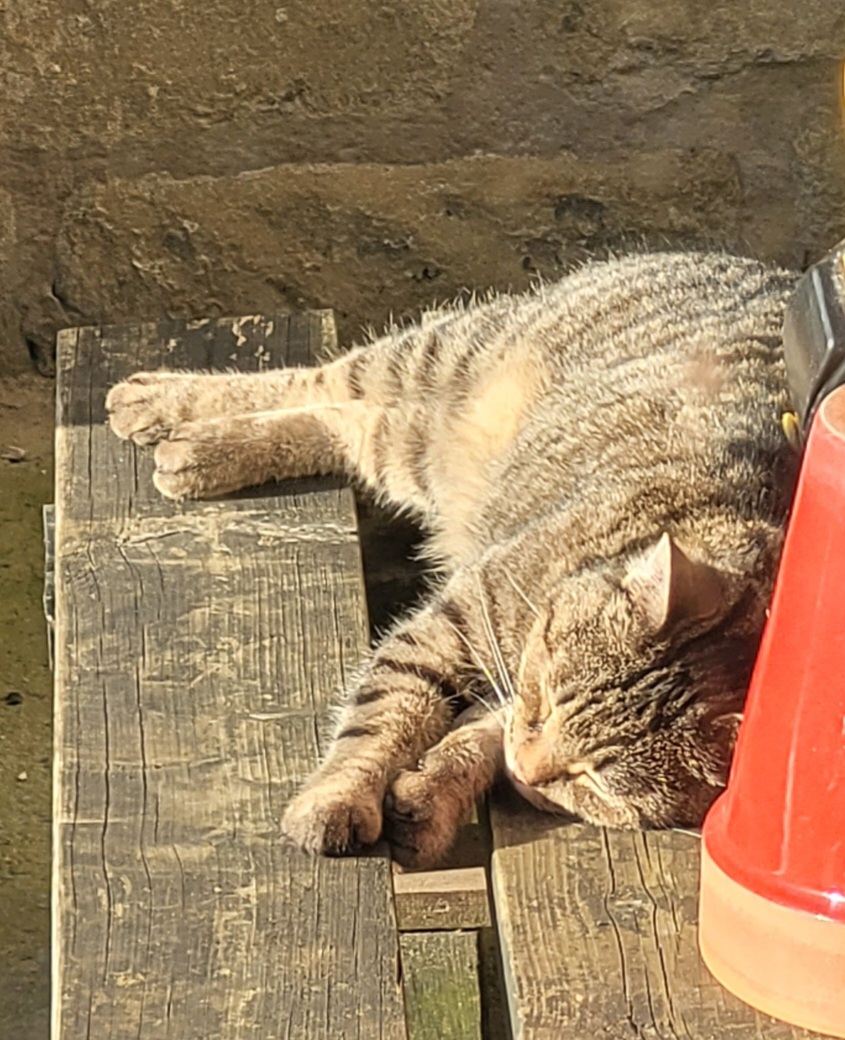I’m not sure what this comic is trying to say but in my recent experience a single misbehaving website can still consume all available swap at which point Linux will sometimes completely lock up for many minutes before the out-of-memory killer decides what to kill - and then sometimes it still kills the desktop environment instead of the browser.
(I do know how to use
oom_adj; I’m talking about the default configuration on popular desktop distros.)kill -9😎You really shouldn’t do that. You risk leaving behind children and locks
Tbf, thanks to X11 Linux isn’t safe from stuff like that.
When I use my VR glasses, Steam sometimes creates an uncloseable X window that isn’t attached to any process. I don’t think even killing XWayland gets rid of it.
On Plasma Desktop, pressing Ctrl+Alt+ESC kills anything you click on next, instantly. There is truly nothing you can’t kill that way, even the desktop itself.
Don’t think I haven’t tried that.
I also tried the debug menu,
xkillusing the window ID, … it’s immortal.Have you tried silver, crosses or a stake?
Do I need to #include those first?
Haven’t had to use them recently, check out the man?
taskill /F /IM app.exeThere you go
Too much typing.
alias kill="kill -9"That’s Linux not Windows
Yes you have arrived at exactly my fucking point
Which was?
Imho desktop Linux is usually set up where a single bad app can lock up the whole system. This is not every Linux system, but I run across it more than I would like. I believe part of this is an optimistic approach to memory management which makes the system run better overall most of the time.
Windows seems slow as hell most of the time, but killing a process seems to work reliably (not clicking on the hung app takeover UI, using task kill or task manager)
I don’t understand these memes about killing processes in Linux vs Windows.
The killing process on Windows used to work better. Since about Windows 8 it’s not been quite the same.






